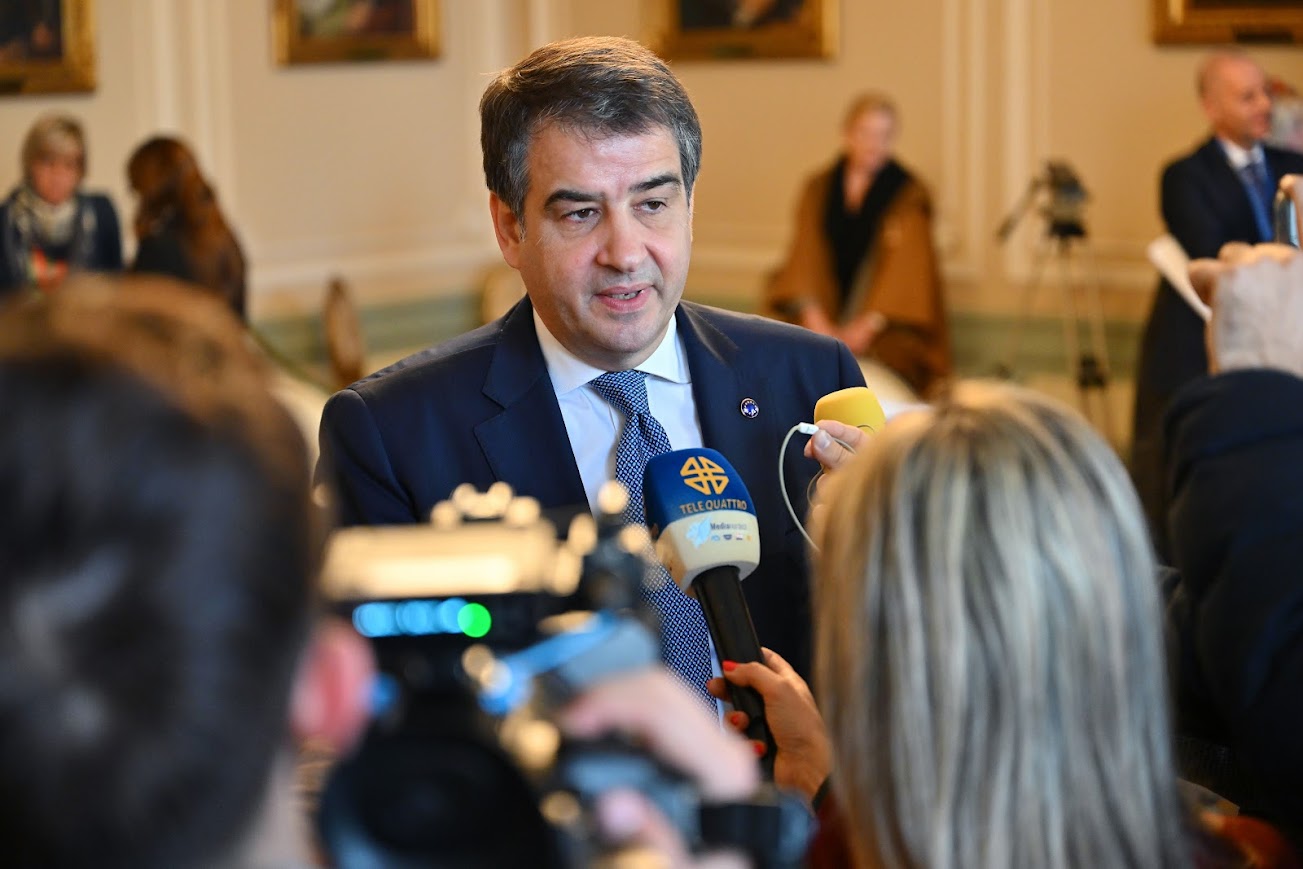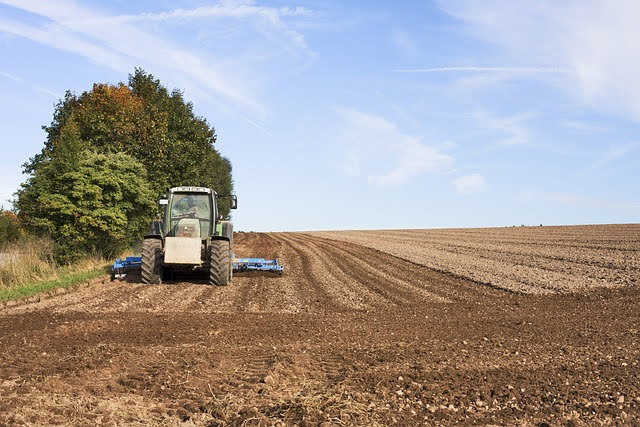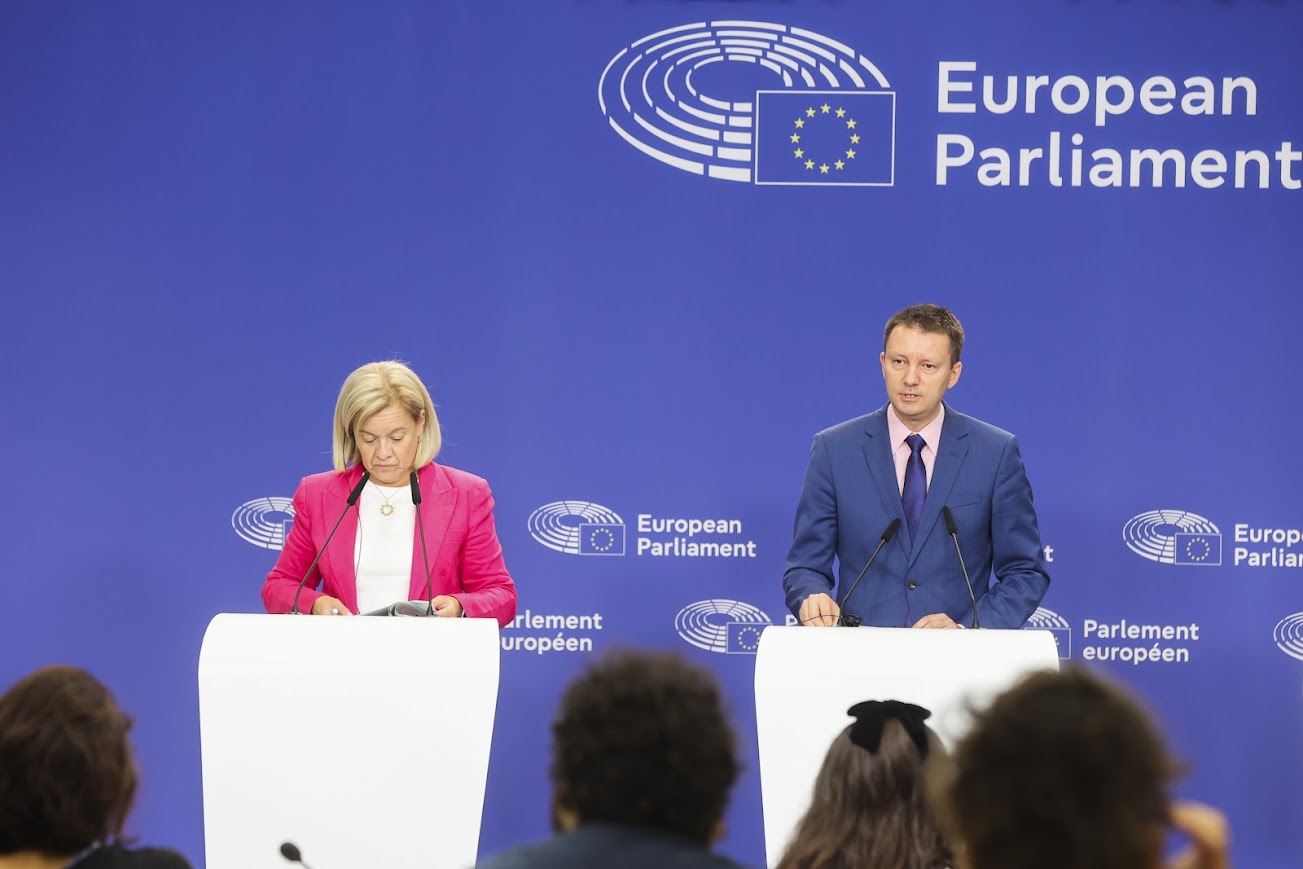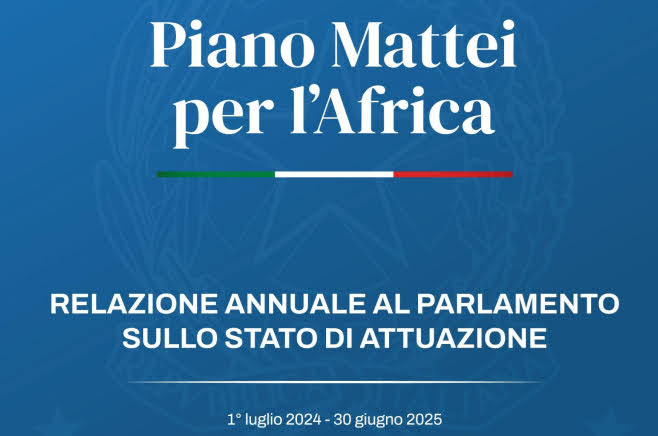Notizie
PNRR, riaperti i termini del bando da oltre 800 milioni per gli asili nido
 C'è tempo fino al 29 luglio per partecipare al bando PNRR del Ministero dell'Istruzione e del Merito (MIM) che finanzia la costruzione di nuovi asili nido e la riconversione di edifici pubblici non già destinati a questo servizio. A disposizione oltre 800 milioni di euro per colmare il deficit infrastrutturale nel settore dell’educazione prescolare.
C'è tempo fino al 29 luglio per partecipare al bando PNRR del Ministero dell'Istruzione e del Merito (MIM) che finanzia la costruzione di nuovi asili nido e la riconversione di edifici pubblici non già destinati a questo servizio. A disposizione oltre 800 milioni di euro per colmare il deficit infrastrutturale nel settore dell’educazione prescolare.
In vigore la legge di conversione del Decreto PNRR Scuola: il punto sui nuovi incentivi
Comunità Energetiche: nuova call UE da 3 milioni
 Fino al prossimo 30 settembre, le comunità energetiche costituite nei Paesi membri, Islanda, Moldova, Macedonia del Nord e Ucraina, possono candidarsi alla call dell’European Energy Communities Facility, strumento finanziario europeo che, tramite le risorse del Programma LIFE, finanzia lo sviluppo delle comunità energetiche nell’UE. A disposizione un budget di oltre 3 milioni di euro.
Fino al prossimo 30 settembre, le comunità energetiche costituite nei Paesi membri, Islanda, Moldova, Macedonia del Nord e Ucraina, possono candidarsi alla call dell’European Energy Communities Facility, strumento finanziario europeo che, tramite le risorse del Programma LIFE, finanzia lo sviluppo delle comunità energetiche nell’UE. A disposizione un budget di oltre 3 milioni di euro.
Call LIFE 2025: i consigli del MASE per una candidatura di successo
Accordo Parlamento UE-Consiglio sulla mid term review della Politica di Coesione
 Buona la prima: con un solo trilogo, il 15 luglio, Parlamento Europeo e Consiglio hanno raggiunto un accordo provvisorio sulla revisione intermedia della Politica di Coesione 2021-2027.
Buona la prima: con un solo trilogo, il 15 luglio, Parlamento Europeo e Consiglio hanno raggiunto un accordo provvisorio sulla revisione intermedia della Politica di Coesione 2021-2027.
Il Consiglio difende i principi della Coesione. Serve chiarezza sui National Plans
PAC: nuova proroga per la domanda unificata 2025
 Nuovo rinvio per la domanda unificata PAC 2025. L’istanza unica per l’accesso sia ai pagamenti diretti della Politica agricola comune sia agli interventi a superficie e a capo (SIGC) a valere sulle risorse del Fondo europeo agricolo per lo sviluppo rurale (FEASR) potrà essere presentata fino al 31 luglio 2025.
Nuovo rinvio per la domanda unificata PAC 2025. L’istanza unica per l’accesso sia ai pagamenti diretti della Politica agricola comune sia agli interventi a superficie e a capo (SIGC) a valere sulle risorse del Fondo europeo agricolo per lo sviluppo rurale (FEASR) potrà essere presentata fino al 31 luglio 2025.
Dai giovani agricoltori agli ecoschemi, le novità sui pagamenti diretti PAC
Twin Cities: il programma di gemellaggio della EU Cities Mission
 C’è tempo fino al 12 settembre per partecipare alla manifestazione di interesse lanciata dalla EU Cities Mission per partecipare a un nuovo programma di gemellaggio e apprendimento, la Call for Twin Cities. Obiettivo dell’iniziativa è contribuire a rendere le città europee climaticamente neutrali e “intelligenti” (“smart cities”).
C’è tempo fino al 12 settembre per partecipare alla manifestazione di interesse lanciata dalla EU Cities Mission per partecipare a un nuovo programma di gemellaggio e apprendimento, la Call for Twin Cities. Obiettivo dell’iniziativa è contribuire a rendere le città europee climaticamente neutrali e “intelligenti” (“smart cities”).
Il Parlamento UE è pronto a respingere la proposta della Commissione sul QFP post 2027
 Non esiteremo a rimandare indietro la proposta alla Commissione se non ci saranno un budget separato e autonomia giuridica per la Coesione e la PAC. E' l'avvertimento dei co-relatori sul bilancio UE per il Parlamento europeo, Siegfried Mureşan (PPE) e Carla Tavares (S&D), in conferenza stampa alla vigilia della presentazione delle proposte della Commissione sul Quadro finanziario pluriennale (QFP) post 2027.
Non esiteremo a rimandare indietro la proposta alla Commissione se non ci saranno un budget separato e autonomia giuridica per la Coesione e la PAC. E' l'avvertimento dei co-relatori sul bilancio UE per il Parlamento europeo, Siegfried Mureşan (PPE) e Carla Tavares (S&D), in conferenza stampa alla vigilia della presentazione delle proposte della Commissione sul Quadro finanziario pluriennale (QFP) post 2027.
Verso un QFP da 1.200 miliardi. Pressing del PE sulla Commissione
Consultazione sul 28° regime: feedback entro il 30 settembre
 Si chiudono a fine settembre i termini per partecipare alla consultazione pubblica sul 28° regime, l’iniziativa prevista anche dalla EU Start-up and Scale-up Strategy per aiutare le aziende, a cominciare da quelle innovative, le start-up e le scale-up, a superare le barriere nella fase di costituzione e operatività nel Mercato Unico.
Si chiudono a fine settembre i termini per partecipare alla consultazione pubblica sul 28° regime, l’iniziativa prevista anche dalla EU Start-up and Scale-up Strategy per aiutare le aziende, a cominciare da quelle innovative, le start-up e le scale-up, a superare le barriere nella fase di costituzione e operatività nel Mercato Unico.
Fondo nautica da diporto sostenibile: più tempo per richiedere l'incentivo
 Il MIMIT ha disposto una terza proroga dei termini entro cui persone fisiche e imprese proprietarie di unità da diporto possono accedere alle risorse del Fondo per la nautica da diporto sostenibile. Si tratta di uno strumento che eroga contributi a fondo perduto per sostituire i motori delle imbarcazioni alimentati da combustibili fossili con quelli elettrici.
Il MIMIT ha disposto una terza proroga dei termini entro cui persone fisiche e imprese proprietarie di unità da diporto possono accedere alle risorse del Fondo per la nautica da diporto sostenibile. Si tratta di uno strumento che eroga contributi a fondo perduto per sostituire i motori delle imbarcazioni alimentati da combustibili fossili con quelli elettrici.
Pesca sostenibile: Bruxelles lancia una consultazione pubblica sulla PCP
EuroQCI, al via la call per l'infrastruttura di comunicazione quantistica
 Si è aperta oggi, 15 luglio, una nuova call per sviluppare sistemi in grado di testare tecnologie di comunicazione quantistica, con l'obiettivo di integrarli con le reti di comunicazione esistenti e supportare l'European Quantum Communication Infrastructure (EuroQCI). A disposizione un plafond complessivo di 36 milioni di euro, a valere sul programma IRIS2.
Si è aperta oggi, 15 luglio, una nuova call per sviluppare sistemi in grado di testare tecnologie di comunicazione quantistica, con l'obiettivo di integrarli con le reti di comunicazione esistenti e supportare l'European Quantum Communication Infrastructure (EuroQCI). A disposizione un plafond complessivo di 36 milioni di euro, a valere sul programma IRIS2.
UE, in Gazzetta il regolamento del programma IRIS2 per una connettività sicura
Autoimpiego Centro Nord e Resto al Sud 2.0, le regole per le imprese
 Tutto pronto per l'avvio dei bonus Autoimpiego Centro Nord e Resto al Sud 2.0, previsti dalla legge di conversione del decreto Coesione. Il Dipartimento per il programma di Governo della Presidenza del Consiglio dei Ministri ha pubblicato il decreto attuativo che regola i due incentivi per i giovani under 35 che vogliono creare nuove attività imprenditoriali e libero professionali.
Tutto pronto per l'avvio dei bonus Autoimpiego Centro Nord e Resto al Sud 2.0, previsti dalla legge di conversione del decreto Coesione. Il Dipartimento per il programma di Governo della Presidenza del Consiglio dei Ministri ha pubblicato il decreto attuativo che regola i due incentivi per i giovani under 35 che vogliono creare nuove attività imprenditoriali e libero professionali.

